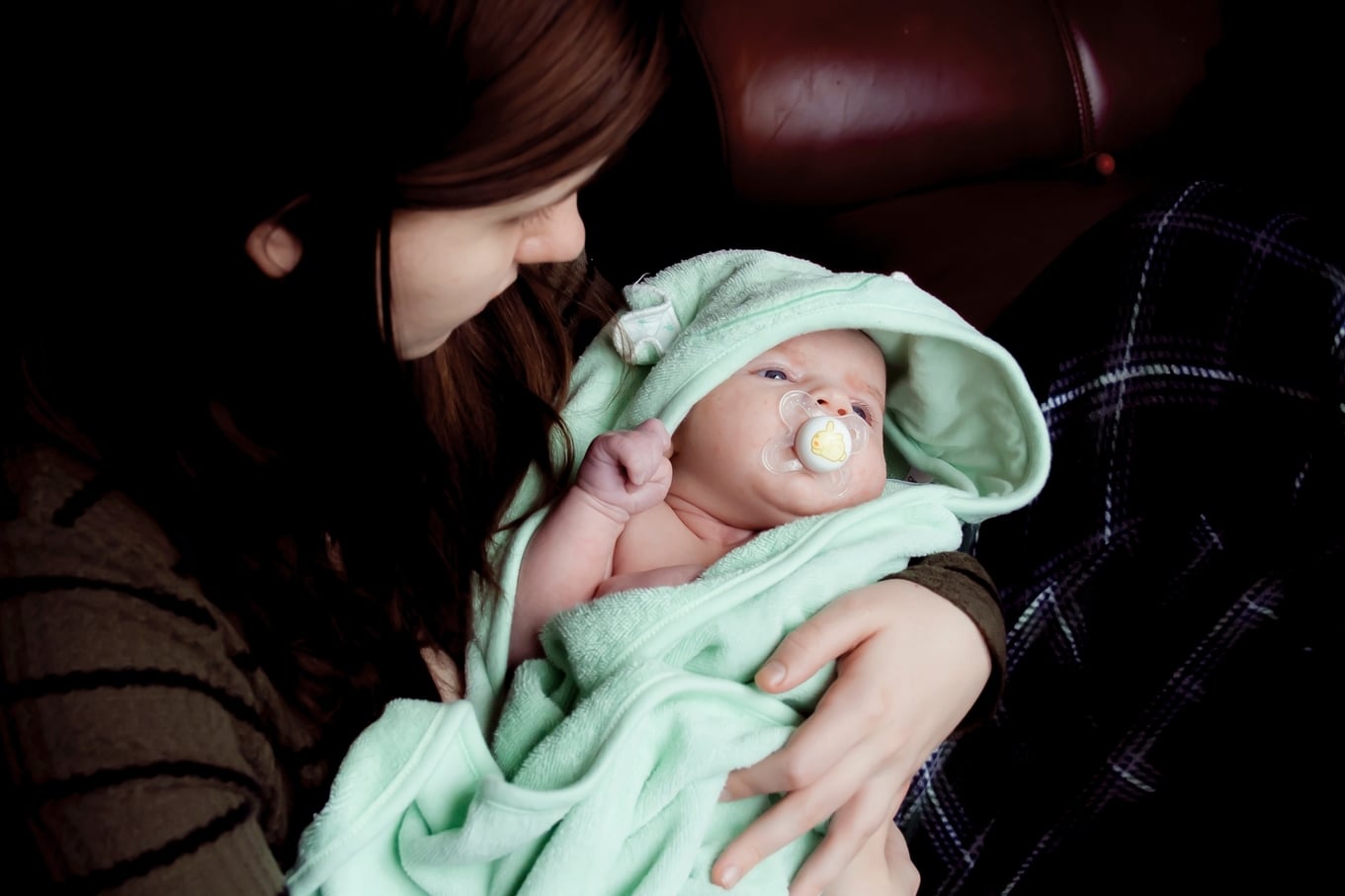
A child’s first middle ear infection results in damage to the mucosa of his middle ear, predisposing him to further infections. And with multiple ear infections, if there has been damage to the eardrum, bones of the ear, or the hearing nerve, there is a small risk of permanent hearing loss.
Acute otitis media (AOM) is a common middle ear infection in young children. It is much more common in children from 6 -12 months than in children from 0 – 6 months. It is the leading cause of doctor’s visits by children, and is also the most common reason children receive antibiotics or undergo surgery.
Ear infections can take up to a month or longer to heal. With fluid in the ears making it difficult for your child to hear sounds, it is inevitable that she will miss out on some of the speech models and stimulation that support typical speech and language development.
Children who suffer repeat ear infections commonly experience an accompanying delay in development of speech and language skills.
Signs your child might have an ear infection:
- Pulling at the ears
- Not responding to sounds
- More crying than usual
- Trouble sleeping
- Fever
Some other risk factors for AOM include: a child’s age, recent illnesses, allergies, genetics, and a history of gastro-esophageal reflux disease (GERD).
Pacifier use is one of the few AOM risk factors that parents can control!
A further consideration when deciding on pacifier use is your child’s age. A child as young as 6 months engages in sound play, and by 12 months he is using words, with his vocabulary growing up to 50 words by the time he is 18 months old. (See my blog on speech-language milestones.) So from 6 months onward it is preferable to limit anything that might inhibit your child from engaging in sound play, taking turns in interactions, or attempting to produce words out loud.
Maintaining a “pacifier free mouth” for your child during this period of extensive expressive language development is simply a good idea.
If your child of 2 years or older is already using a pacifier and you would like to get rid of it, here are a few ideas shared by some creative moms.
- The Pacifier Fairy: Explain to your child that the Pacifier Fairy needs pacifiers for the new babies. Help her gather all her pacifiers in one bag and leave it beside her bed one night. Explain that the fairy will leave a special gift to thank her for her help.
- Exchange the pacifiers at the Toy Store: If there is a toy your child especially desires, explain that the toy store will exchange pacifiers for toys. This will require you speaking to the customer service representative at the store and arranging the exchange in advance.
- The Broken Pacifier: Make a small incision in the tops so they no longer work. Explain that the pacifiers are broken and take them away.
Sucking on a pacifier helps a child relax their nervous system and so is often used for comforting.
Tips to help ease the transition:
- The earlier you take away a pacifier, the easier it will be. Ideally get rid of it in the second 6 months.
- Go cold turkey if you can. Or start by using it only at bedtime.
- Offer a special snuggly toy as a replacement.
- Introduce other sensory integration activities during the day: blowing bubbles in water through a straw, kneading dough, a slow firm back rub.
Regardless of how you get rid of the pacifiers, be prepared for three challenging days ahead. Remember that many generations of children have endured this rite of passage, and your child shall too. The undeniable long-term gains you are securing for your child are worth it.
For further reading:
Rovers, M.M., Numans, M.E., Langenbach, E., et al, (2008). Is pacifier use a risk for otitis media? A dynamic cohort study. Family Practice, Volume 25, Issue 4, 233–236





No comment yet, add your voice below!